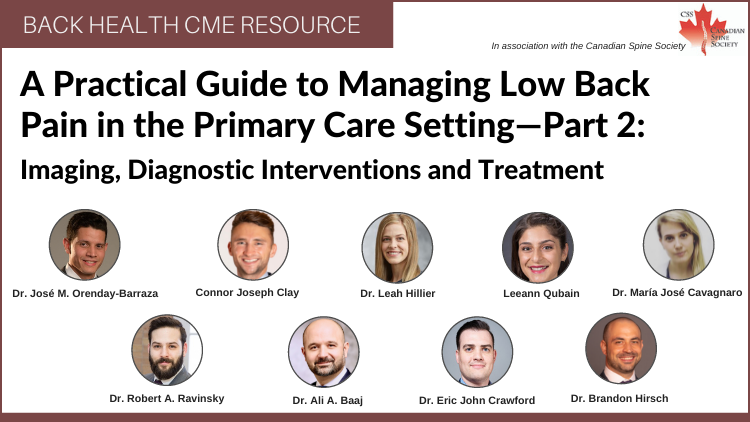1 University of Arizona College of Medicine – Phoenix, Phoenix, AZ.
2Department of Neurosurgery, University of Arizona College of Medicine – Phoenix, Phoenix, AZ.
3Department of Family Medicine & Community Medicine, Banner University Medical Center Phoenix, University of Arizona College of Medicine – Phoenix, Phoenix, AZ.
4Division of Orthopaedic Surgery, Department of Surgery, University of Toronto, Toronto, ON, Canada.
5Department of Orthopaedic Surgery, University of Arizona College of Medicine – Phoenix, Phoenix, AZ.

